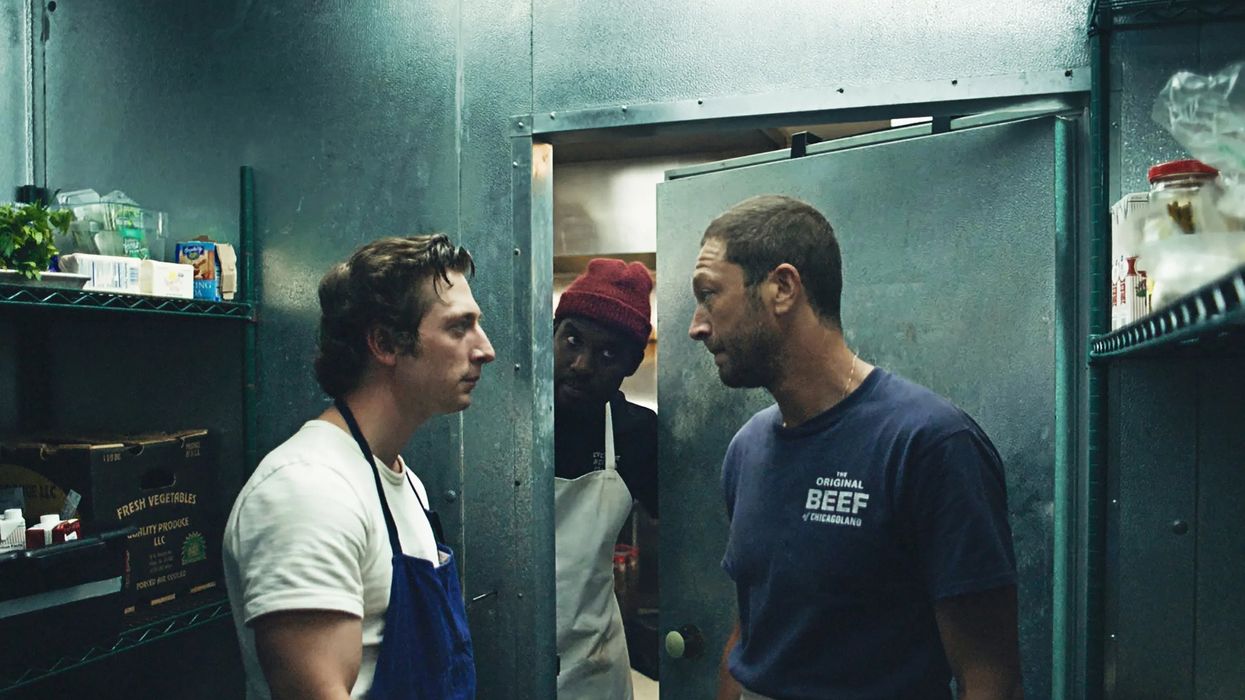How 'The Bear' Uses Long Takes and Quick Cuts to Create Intensity
The Bear employs strategies that shouldn't work together. But they do.

I could wax poetic about how special The Bear, a half-hour dramedy, is and how it keeps you on the edge of your seat. It contains astounding character work, impeccable direction, and cinematic cinematography to boot. I guess I shouldn't be surprised that a show that lives on two ends of the spectrum, one that's so funny and so meaningfully dramatic, would also be able to balance two divergent shooting techniques, yet here I am about to laud it.
The Bear has these elegant long takes and also some very fast cutting that brings moments to the forefront, captures performances, and sets the tone and theme. These seem like they would never work together, and yet they make you want to shout out, "Yes, chef!"
Check out this video from Thomas Flight and let's talk after.
How The Bear Uses Long Takes and Quick Cuts to Create Intensity
We covered the long take in The Bear extensively, but I want to say here how much that episode was not indicative of the series as a whole. The series is a well-oiled and well-edited machine. It's built on quick cuts, interesting angles, and knowing when to linger. Even though episode seven was shot as a oner, the movements are so frenetic, it matches the energy of the other episodes in the series. That oner is an outlier, but still fits themes.
When it comes to editing in the show, quick cuts are used to punctuate moments or to show the energy that goes into cooking. And when they have oners in the show, they usually follow characters around. This lets them interact with each other and then take personal moments where they work on themselves.
This lovely juxtaposition sounds like it would not work, but with a deft hand and shooting in a cramped space, they let you get lost in the storytelling. If the best cinematography is unnoticed, this is the best cinematography. It welcomes you in and pushes you where the story needs you to go, without feeling showy or even braggadocious. It just is what each episode needs to survive and to connect.
And the editing is a huge part of that. Not just picking the right shots, but knowing when to linger on them and when to cut through them. Knowing when to show the reverse or when to stay on a face.
What are your favorite parts of the series? Let me know in the comments.
Source: Thomas Flight











